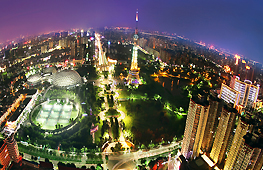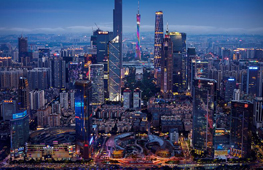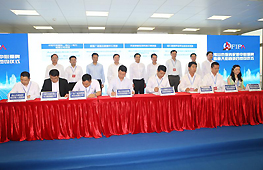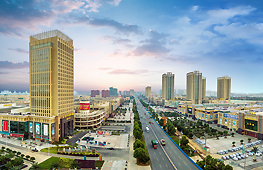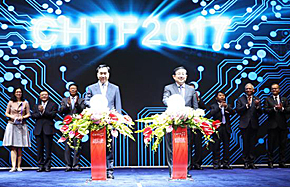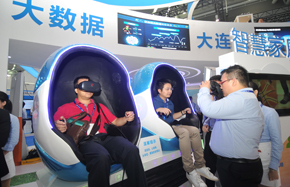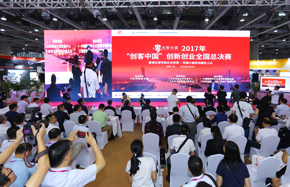Major event seeks new paths for urban growth
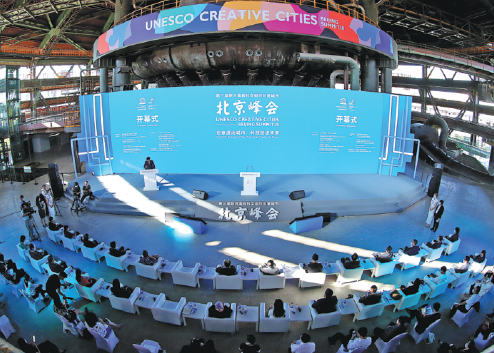 |
|
The third UNESCO Creative Cities Beijing Summit opens on Thursday. [Photo/China Daily] |
Summit attracts 19 cities from 13 countries and regions to share insights on development
Beijing, which was named a UNESCO Creative City of Design in 2012, has long been considered a city rich in history and culture and with some of the world's most celebrated architecture.
From Thursday to Friday, at the third UNESCO Creative Cities Beijing Summit under the theme of "creativity empowers cities, technology creates the future", the capital is showing its strengths in science and technology, and hosting brainstorming activities with a diverse set of urban stakeholders over the use of emerging technologies in sustainable urban development.
The summit is being convened by UNESCO in cooperation with the Chinese Ministry of Education, the Beijing government and the National Commission of China for UNESCO.
The latest UNESCO e-publication entitled UNESCO Creative Cities' Response to COVID-19 was launched at the summit. The publication showcases 70 innovative practices in response to the crisis from more than 90 cities in 44 countries.
With a special focus on digital economy, the summit digs into how technological breakthroughs such as big data, cloud computing, artificial intelligence and blockchain will improve urban management.
According to Beijing authorities, the summit is the first international event about creative cities co-organized by UNESCO and city governments after the novel coronavirus outbreak.
More than 30 representatives of international organizations and leaders from 19 cities in 13 countries and regions are invited to deliver speeches, including Director-General of UNESCO Audrey Azoulay and Chen Jining, mayor of Beijing, who both made speeches at the opening ceremony on Thursday.
Governors of Rome, Istanbul in Turkey and Buenos Aires in Argentina have said the summit is forward-looking and shows the urban development of tomorrow.
Shougang Industrial Park, where the summit takes place, has caught attendees' attention. Once operated by Shougang Group, one of China's largest steel enterprises, the old industrial complex has been turned into a venue for hosting events. Local officials said such a regeneration is a world first.
UNESCO officials complimented Beijing saying the success of the previous two editions of the summit in 2013 and 2016 co-organized by UNESCO and local governments cemented the summit as a regular platform for members of the Creative Cities Network to exchange their experiences and expertise.
According to Xu Qiang, head of the Beijing Science and Technology Commission, Beijing has collaborated with UNESCO to create two reports on the Creative City Network in 2016 and 2018, which became the organization's major publicity materials.
Beijing has hosted a series of promotional activities to increase global recognition of its homegrown city brands. In 2014, Beijing brought 55 works to the exhibition held at UNESCO's headquarters Paris. Since then, designs made in Beijing have begun to go global, Xu said.
China's Red Star Design Award has launched more than 170 exhibitions in 40 cities.
Thousands of design activities and nearly 200 forums were held during last year's Beijing Design Week, a major gathering dedicated to the design sector in China. Tens of thousands of designers from more than 20 countries and regions took part.
For years, other creative cities such as Berlin in Germany, Seoul in South Korea and Helsinki in Finland were invited to be guest cities at the Beijing Design Week, Xu said.
When it comes to Beijing's close collaboration with UNESCO, the International Center for Creativity and Sustainable Development under the auspices of UNESCO has also been put in the spotlight. It is located in Beijing and is the world's first center for creativity and sustainable development.
The center is going from strength to strength, Xu said. It is a first-class think tank that gathers talents throughout the world and is building a globally renowned "laboratory of thoughts" with a focus on creativity and innovation.
It is now carrying out quantitative analyses of 31 creative cities and practical training courses related to the Belt and Road Initiative.
According to the center, every year it holds the Creativity 2030 Forum to discuss popular issues in the field of creativity and sustainability.
The UNESCO Creative Cities Network was created in 2004 to promote cooperation with and among cities that have identified creativity as a strategic factor for sustainable urban development, UNESCO said on its official website.
To date, the 246 cities in the network are mobilizing their creative potential to implement the United Nations 2030 Agenda for Sustainable Development.
yinruowei@chinadaily.com.cn






